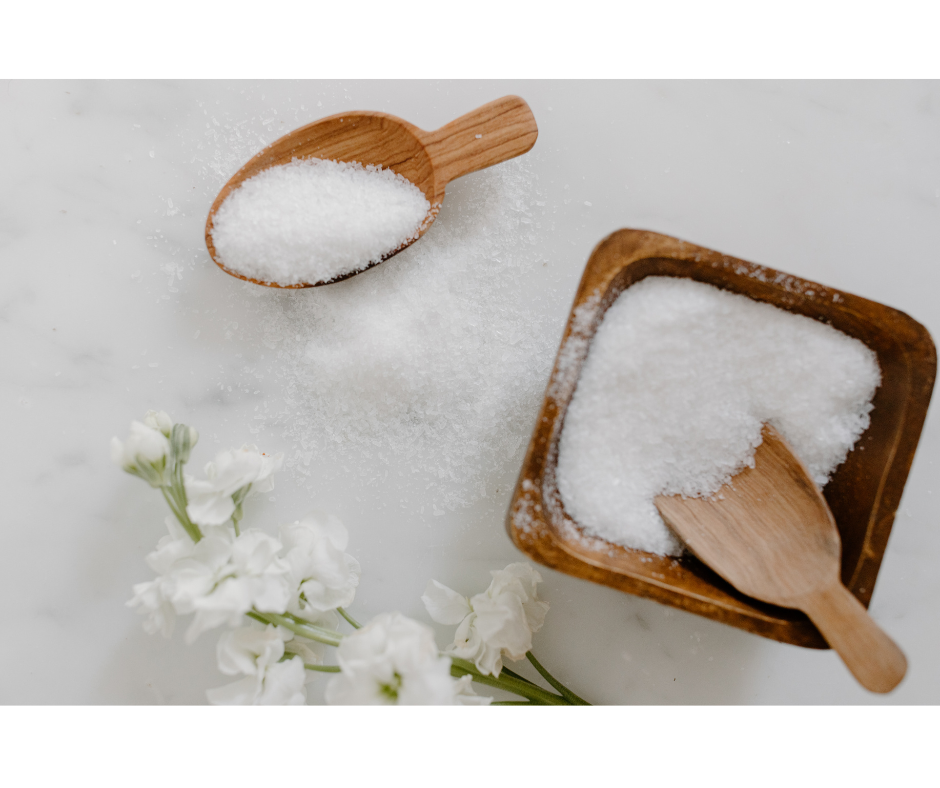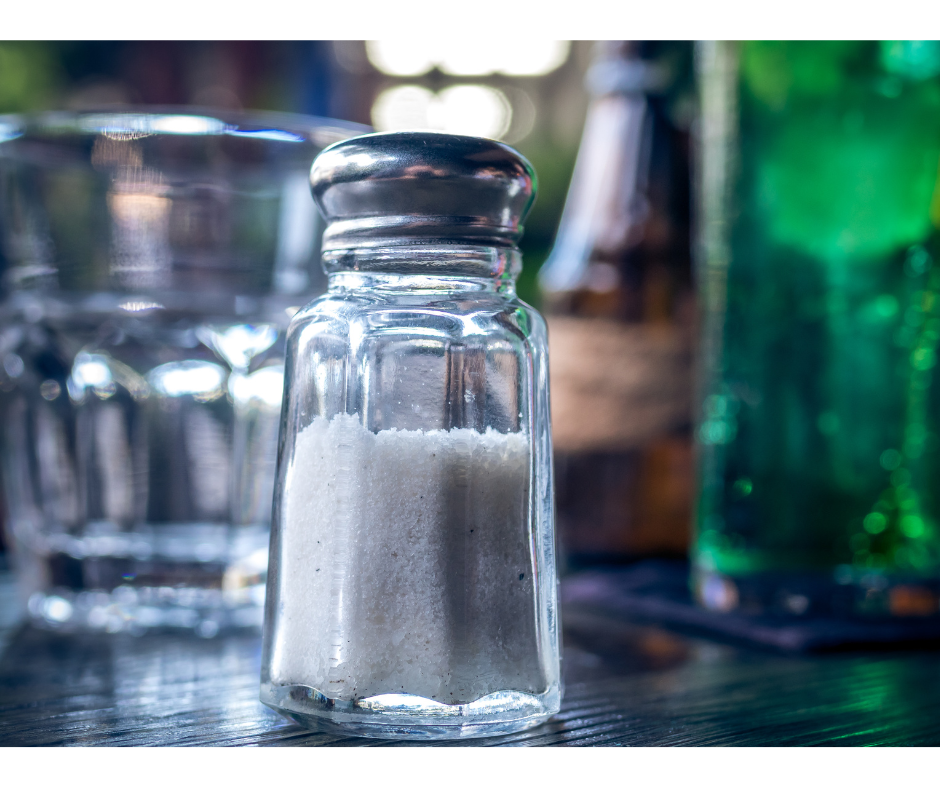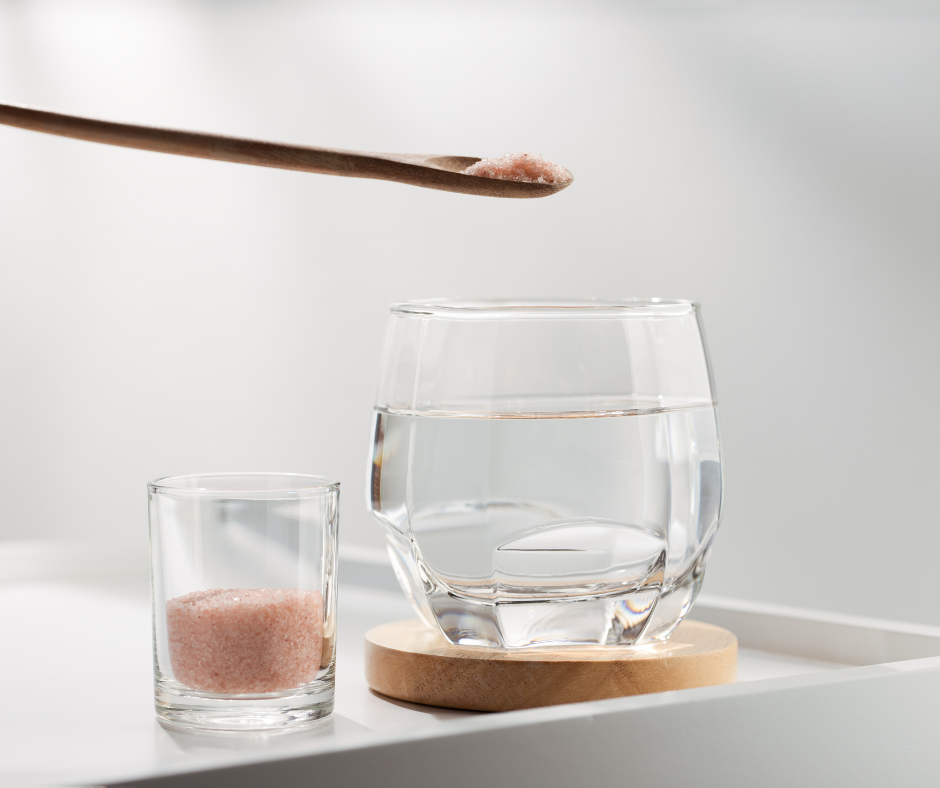Whatever you might be fermenting, be it cabbage for sauerkraut or beets for kvass, the process of fermenting results in amazing improvements to the end product. That being said, you cannot start with inferior ingredients and then expect to create a superfood. What I mean by that is, you can’t start with old or rotten food and have it become better than fresh. Besides produce, most ferments only require salt and water. And as with produce, you can’t ferment with impure salt or water and expect the end product to be teeming with healthy, probiotic bacteria. In this post, we will look at some of the main do’s and don’ts for salt and get closer to discovering the best salt for fermenting: part 1!

The Role of Salt in Fermenting
Before we dive into all things salt, let’s go over some basics. Why do we need salt for fermenting anyway? What does it DO? Let’s check out a few articles that might shed some light.
This article explains, in part, what salt accomplishes in fermenting. Firstly, it allows for an environment that inhibits “bad” bacteria, yeasts, fungi, etc. These microorganisms (responsible for food spoilage) have a threshold for the salinity of their environment and can’t survive in high salt conditions. In addition, it creates a great environment for bacteria that help preserve and enhance the food, like lactic acid bacteria (LABs).
Secondly, salt pulls water and sugars from the plant material being fermented. This has a twofold result. One, it helps stop the cellular activity in the food (halting decay). In addition, it pulls sugars out for the bacteria to use (and less for us to consume!). The extra water being pulled out helps fill in any oxygen bubbles and creates more of an anaerobic environment which the LABs need to thrive. Salt will also keep your vegetables firm and crisp, and help retain their color.
This study looked at two different Chinese fermented vegetable (yancai) samples, one with salt and one without salt. The salted sample overall had significantly higher acidity, salinity, and LAB content compared to the unsalted counterpart. In regards to pH, acetic acid, and different forms of sugar, there was no discernable difference between the samples. Note that the LAB content was significantly higher in the salted sample, but it was still present in the unsalted sample. This study shows that while fermentation can still occur without salt, it is very beneficial for lactic acid growth and effectiveness.
Salt Impurities
Now we come to impurities. Having additives in salt may or may not be a bad thing for normal home kitchen uses. However, when dealing with fermentation, those many additives can lead to problems.

Iodized Salt
Iodine in salt is very common, but why is it even added? According to this article, iodine deficiency was very common in the U.S. in what was considered the goiter belt region. This consisted of the Great Lakes, Appalachians, and the northwestern part of the country. Since implementing iodized salt, iodine deficiencies have decreased to an amount such that iodine deficiency in the U.S. is not a major public health concern.
Iodine Properties In Fermenting
In regards to how iodine is antimicrobial, it works by penetrating the cell wall of microorganisms. Generally speaking, the small amount ingested in table salt to support the thyroid isn’t going to negatively affect the entire body; after all, it’s an essential trace mineral. However, a small amount of iodine in salt will affect the “good” bacteria trying to grow, produce, and perform the complex processes involved in fermentation.
In this study, olives being fermented were studied to determine what effect iodized salt plays. The olives were fermented in the same type of salt, but one had iodine added. Noniodized ferments primarily enriched the olives with macroelements including Na, K, and Mg, and microelements as Fe, Mn, Cu, and Zn. The overall effect seen with iodized salt brine included a significant decrease in microorganisms and a lack of macroelemental enrichment.
This goes to show that while iodine is an essential part of overall human health, it has a negative impact on bacteria in the fermentation process and should be left out.
Additional Salt Impurities
Unless your salt is labeled specifically, it can have a lot of additional impurities beyond iodine. Table salt is a big culprit, with other additives such as anti-caking agents, lime, iron, etc. This article briefly describes some of the problems that occur with salts that have additives in them.
- Chemicals for anti-caking make the brine cloudy, among other issues.
- Lime in salt will lower the acidity of the ferment resulting in decreased beneficial bacteria and a decreased shelf life.
- Iron impurities will turn vegetables black.
- Magnesium impurities will cause ferments to become bitter.
- Carbonates (i.e. calcium, magnesium iron) will result in unpleasantly soft textures.
Salt concentrations
Now let’s talk about salt concentrations. Many sites will give a wide variety on how much salt to use, but the thing to note is that every type of salt has a drastically different weight. Here are a couple of studies that specifically look at salt concentration.

Salt Concentration Studies
In this study, differing levels of salt concentration (from 9%-18%) were investigated in doenjang, a fermented soybean paste. The conclusions indicated that lower salt concentrations allowed for more significant microbial growth and therefore better beneficial byproducts of fermentation.
This study looked at salt concentrations ranging from 0.5%-3.5% in traditional northeast sauerkraut. The ideal salt concentration was at 2.5%, seeing an optimum level of glucose used up, a high speed of pH decrease, and a superior level of sensory characteristics.
Even though the salt concentrations were very different for each study, this does show that for each type of ferment, certain concentrations of brine (salt and water) are needed to have the optimum effect. If you use too much salt, that inhibits all bacteria, the good and bad alike. If too little, then bad bacteria thrive. Weighing out salt is imperative to achieving the correct brine percentage, and a small scale will only set you back $10. It’s worth it to avoid failed or inferior ferments!
Going Forward
After all that information, it’s time to put some of this together.
- One, salt plays a key role in creating the right environment for LABs to thrive.
- Two, it positively affects the LABs performance.
- Three, it creates ferments with the potential for a longer shelf life.
- Four, additives of any kind are harmful for the LABs, and therefore, the overall ferment.
- Five, it’s not a good idea to just guess on the salt concentration. Too high and nothing will grow, too low and the bad guys will grow. Either way, the ferment is ruined.
For the rest of the information on salt for fermenting, including what type of salt to use and how to create a brine, see the second part to this post.
The Best Salt For Fermentation: Part 2
Other helpful posts discussing fermentation history, science and equipment.
- A Brief History of Fermentation and Why This is Important
- The Science Behind Fermentation and it’s Benefits
- The Importance of Time Tested Fermenting Equipment
- The Best Fermenting Equipment To Use
- Discussion on Ferments Exposed to Oxygen
- Are Mason Jars the Best Tools for Fermentation?
- Pros And Cons Of The Mason Jar For Fermenting
- Dialogue on the Mason Jar and Oxygen Diffusion
- Important Gasses In Fermentation


Leave a Reply